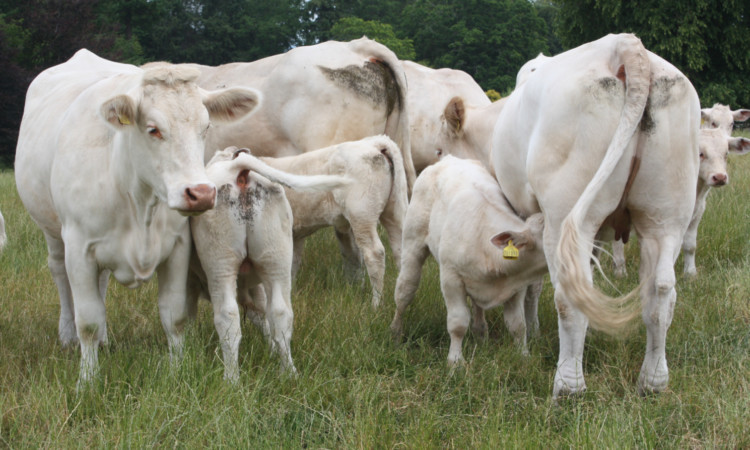The swirl that is CAP reform in Scotland seems never ending.
At the beginning of this week, the focus was on the announcement that coupled payment might after all be available to support the sheep sector. Now, as the week draws to a close, the Scottish Beef Association has put out a siren call for its voice to be heard in defence of a workable future for the Scotch Beef brand.
SBA chairman Scott Henderson said: “It was clear from our recent meeting with the cabinet secretary [Richard Lochhead] that he was still sitting on the fence and, the longer the decision takes, the more nervous we become.
“Yes, Lochhead is trying to do what is best for Scottish farming as a whole but it has become increasingly apparent this round of CAP in Scotland is most definitely a damage limitation exercise for the beef sector.
“All government modelling work shows the sector worse off in terms of support, no matter the measures used.
“Beef producers, using the Government’s own figures, are set to lose an average of 25% in Dumfries and Galloway and the north-east, the two principle beef producing regions in Scotland.
“However, there are still measures available which would be less damaging, Lochhead just needs the courage to use them.”
“If he doesn’t, he may well be remembered as the man who finished Scotch Beef.
“Decisions are imminent, if only because we are approaching the EU deadline of August 1 for member states to notify the commission of their plans.”
The SBA has outlined what it deems the best way forward for the beef sector, given the options still on the table.
“It is crucial we get the full 8% of coupled payments for calves of 75% beef genetics along with a robust minimum activity test to exclude claimants who produce nothing.
“Part of the activity test is a meaningful minimum stocking rate in the rough grazing region, at the very least 0.15 livestock units per hectare.
“Limiting the rough grazing budget to no more than 10% of the total will free up money to top up the area payments on improved ground.”
The Scottish Government model used so far has shown 15% of total budget would be dedicated to the rough grazing area.
The SBA has also called for “tunnel convergence” into the new CAP regime, arguing that the beef sector needs a lot of time to adjust to the area payments regime, such are the support payments reductions.
“Tunnel convergence” comes in different forms. The “Scottish tunnel” sees a gradual shift from the present historic system to the new area system from 2015-2019.
The longer “Irish Tunnel”, favoured by the beef lobby, phases the shift over a much longer period, possibly well into the next CAP, which starts in 2020.
“We would urge everyone with aninterest in safeguarding the future of our sector to beat a path to their MSP’s door to make them aware of the issue. It is time for us all to act,” urged Mr Henderson.
The subject of beef support cropped up earlier this week at a press briefing ahead of Scotsheep, due to be held on June 3.
Ironically, however, much of the talk was not about sheep but about the future of the beef herd at host farmers John and Iain Macfarlane’s 2500-acre Quixwood unit near Duns.
This Borders upland unit carries 700 suckler cows alongside its sheep flocks. John and his son Iain expect to lose 40% to 50% of their Single Farm Payment once the new regime is fully area based.
“We will not be doing anything dramatic until we see how the scheme is actually to be implemented but then we will need to have a serious think about suckler cows,” said John
Iain added: “I don’t think sheep would work either without SFP but they are not so dependent.
“We don’t have many other options apart from stock. We already grow 600 acres of grain and we could expand that, but not by much.”
The Quixwwod soils and climate do not allow for out-wintering and costs are already kept as low as possible. The calving percentage is already over 90%.
John said he was at a loss to see how the beef sector could thrive without a substantial subsidy.
“If you doubt that, just take a drive into the north of England and see how few cows there are since the move to area payments there in recent years.”
